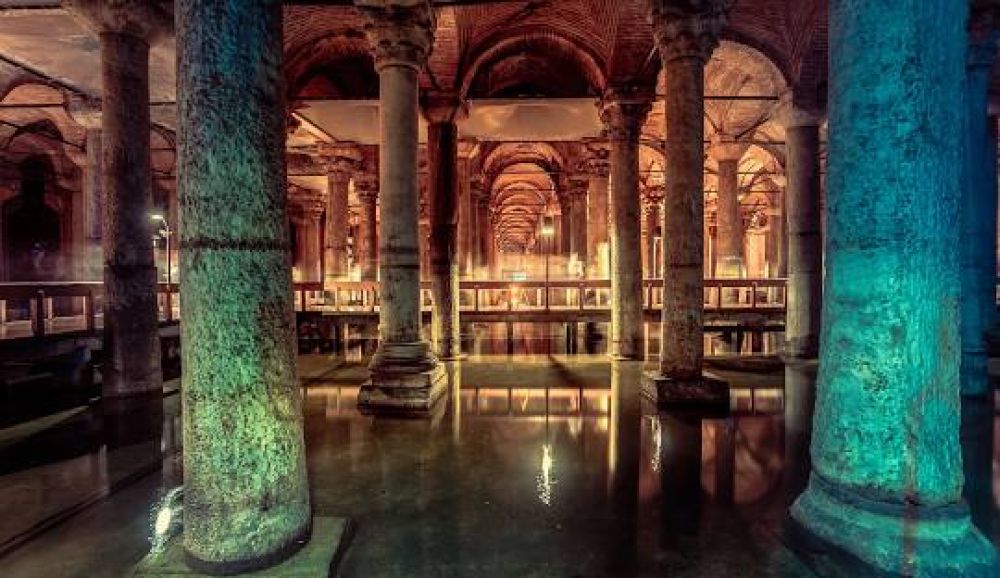

The Basilica Cistern, known locally as the Yerebatan Sarnıcı or Yerebatan Sarayı ("Sunken Palace"), is one of Istanbul's most fascinating historical sites. This ancient cistern was constructed in the 6th century during the reign of Byzantine Emperor Justinian I and went on to become a critical water reservoir for the city, especially during sieges.
While it was a significant structure in the Byzantine and Ottoman Empires, its journey into a popular tourist attraction began much later. Originally, the knowledge of the cistern was confined to the locals, and it was largely neglected until the 1980s. Rediscovery and restoration efforts helped transform this subterranean structure into the attraction it is today. The Basilica Cistern opened to the public as a historical site after extensive renovations in 1987.
Now, the Basilica Cistern attracts millions of visitors every year, drawn to its unique charm, mystical atmosphere, and architectural beauty. It is a testament to the innovative engineering of the ancient Romans and is an iconic part of Istanbul's cultural heritage.
As travel evolves, so do the tourism trends in places like the Basilica Cistern. In recent years, interest in experiential and sustainable tourism has seen an uptick, with visitors seeking more than just sightseeing. They are looking for memorable and immersive experiences that also respect the local culture and environment.
Another trend is the use of technology to enhance the visitor experience. The Basilica Cistern, for instance, makes use of atmospheric lighting to emphasize its columns and arches, and sometimes offers audio guides or augmented reality tours to educate visitors about the cistern's history in a more engaging way.
In terms of current interests, there has been a rising demand for photography tours within the cistern, as its eerie water reflections and columns create picturesque scenes. Moreover, social media has played a significant role in promoting such historical sites as travelers post and share their experiences online, inspiring others to visit.
Health and safety protocols have also become a significant part of travel. The Basilica Cistern, like many other tourist destinations, has adapted to this trend by implementing measures to ensure the wellbeing of its visitors, such as timed entries and reduced capacity amidst the global pandemic scenario.